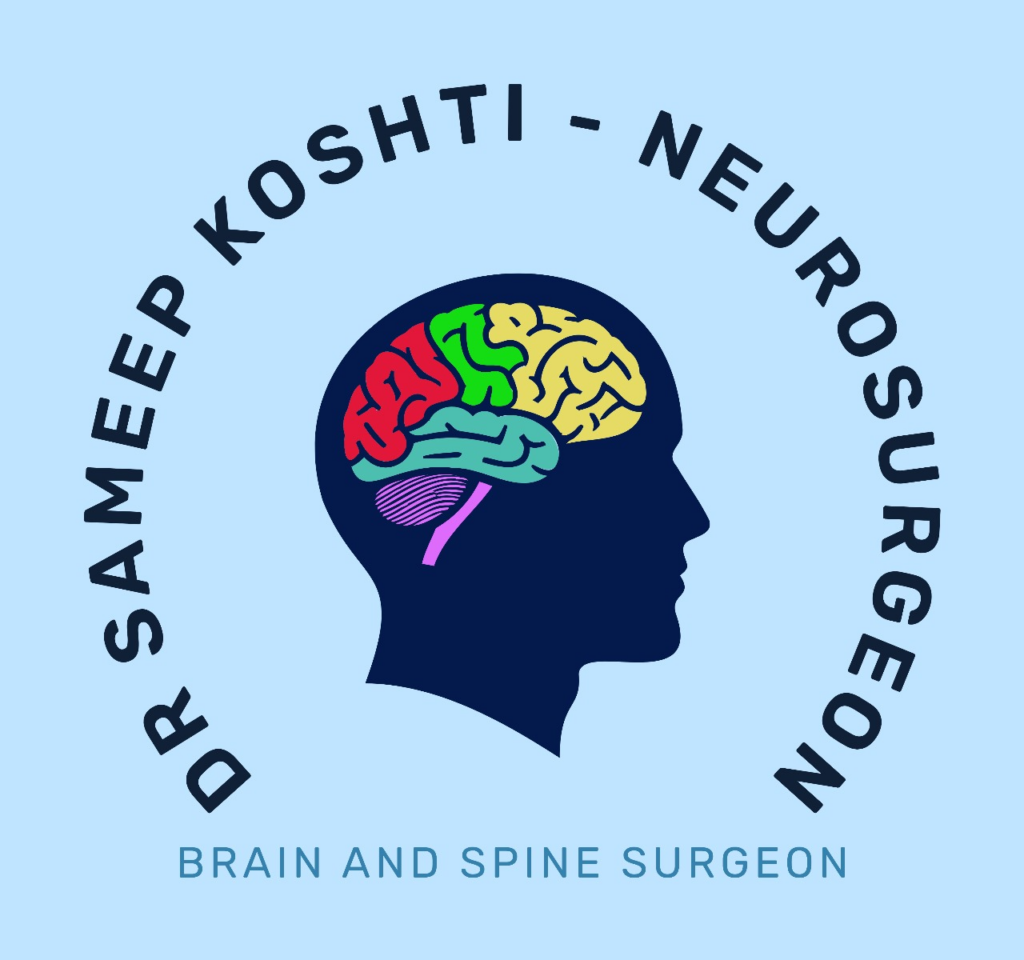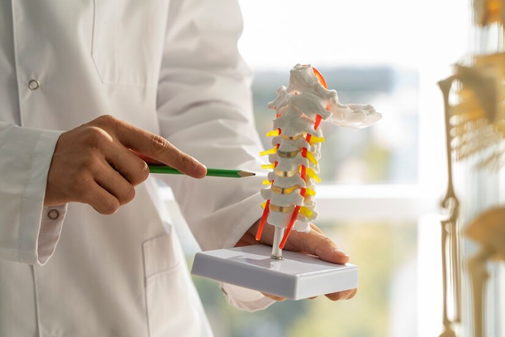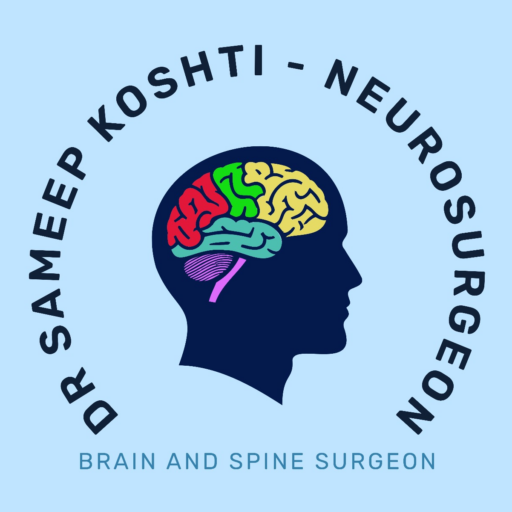What is spondylolisthesis?
It’s a condition impacting your spine where one bone, called a vertebra, slips forward over the bone below it. This slippage can affect your health significantly, leading to discomfort and mobility issues.
The purpose of this blog is to offer a clear understanding of spondylolisthesis, making it easier for anyone to grasp the basics and approach it knowledgeably. Whether you or a loved one is dealing with this condition, knowing more can pave the way for effective management and relief.
Types of spondylolisthesis:
- Degenerative: Often due to aging, this type is the result of wear and tear on the spine.
- Congenital (dysplastic): Present at birth, it’s caused by abnormalities in the spine’s formation.
- Isthmic spondylolisthesis: Arising from a small fracture in a bone segment, it is common in athletes due to stress.
- Traumatic spondylolisthesis: Direct injury or trauma causes this type.
- Pathologic spondylolisthesis: Often linked to diseases that weaken bones, such as tumors.
Each type influences health differently. For instance, degenerative spondylolisthesis might slowly affect your mobility as you age, while traumatic spondylolisthesis can cause immediate and intense symptoms. Understanding these variations helps tailor the approach to management, focusing on lifestyle and health impacts.
Diving into the Causes of Spondylolisthesis
Some primary causes of spondylolisthesis include:
- Age-related changes in your spine, which are common in degenerative spondylolisthesis.
- Genetic predisposition might make you more likely to develop conditions like dysplastic spondylolisthesis.
- Lifestyle choices involving intense physical activity or improper posture that stress the spine.
- Rapid growth during adolescence can lead to spine instability, especially for adult isthmic spondylolisthesis.
- Congenital abnormalities, where some are born with a spine defect leading to slippage.
Recognizing these causes can guide you in making lifestyle adjustments to prevent or manage the condition better.
Recognizing Symptoms and Ensuring Early Diagnosis
Symptoms of spondylolisthesis can include:
- Lower back pain or discomfort.
- Sciatica, which is a shooting pain down the legs.
- Feeling weakness or numbness in the legs.
Early detection is crucial. Recognizing these signs and promptly seeking medical advice leads to an accurate spondylolisthesis diagnosis methods, which often involve physical checks, X-rays, and MRI scans. Early diagnosis can prevent worsening of symptoms and improve treatment outcomes.
Navigating Non-Surgical Treatment Options
Several spondylolisthesis treatment options do not involve surgery, such as:
- Lifestyle adjustments like reducing heavy lifting and maintaining a healthy weight.
- Physical therapy helps strengthen the muscles around the spine.
- Pain management, which can include medications and injections to ease discomfort.
- The use of supportive devices, like braces, to stabilize the spine.
These methods focus on reducing pain and enhancing mobility, making day-to-day activities easier without the need for invasive procedures.
Exploring Surgical Interventions for Severe Cases
In some severe cases, surgical interventions may be required, especially when non-surgical methods don’t alleviate the condition. Surgery typically aims to restore spine stability and relieve pain, with options including:
- Spinal fusion, which joins two or more vertebrae together to prevent movement and further slippage.
- Minimally invasive techniques that reduce recovery time and improve outcomes.
While surgery can bring significant relief, it also comes with potential risks, so a well-informed decision with a healthcare provider is essential.
Living with and Preventing Spondylolisthesis
Managing life with spondylolisthesis involves:
- Chronic pain management strategies to stay active and engage with daily life.
- Preventive measures, like regular exercise and using proper techniques while lifting objects, are crucial.
- Maintaining regular consultations with a healthcare provider to monitor the condition.
Struggling with spondylolisthesis or spinal discomfort? Don’t wait for your symptoms to worsen. Consult with Sameep Kosthi today to receive a personalized assessment and explore effective treatment options that fit your needs. Take the first step toward a pain-free life!



